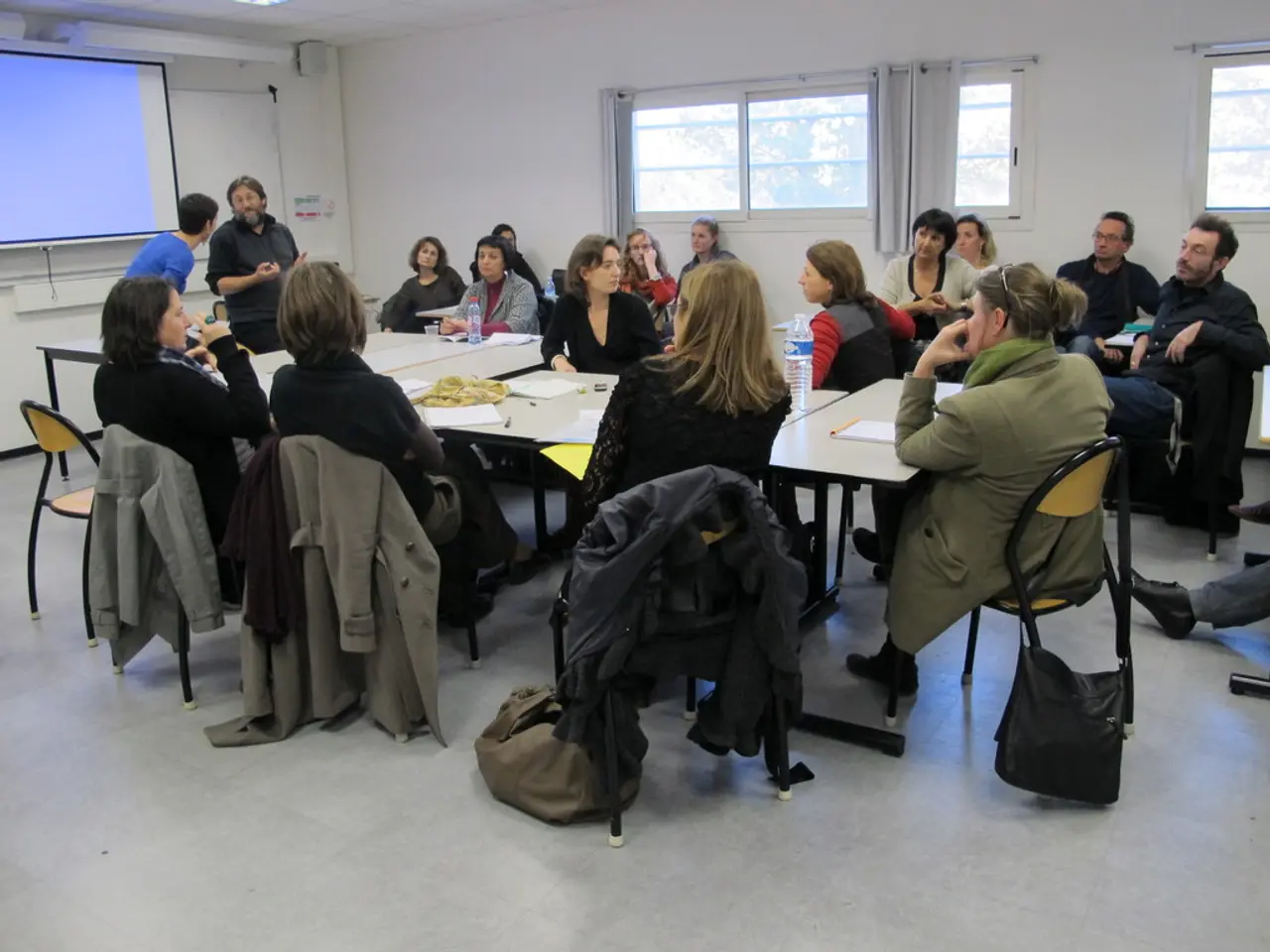Dual-Process Model of Information Transmission in Media
In the realm of social influence, opinion leaders play a pivotal role in shaping public opinion. The Balance Theory suggests that individuals seek the counsel of these opinion leaders when exposed to observations that challenge their ingrained beliefs. This theory was first proposed in the mid-20th century, but its relevance continues to hold true in today's digital landscape.
One such opinion leader who has significantly impacted the political landscape of the United States is Ben Shapiro, a public speaker, author, and talk show host. His communication skills have enabled him to shape what many Americans think on issues ranging from gun ownership to foreign policy. Shapiro's legal education at Harvard University has equipped him to engage political issues portrayed in the media.
The role of opinion leaders was first observed in a study by Troldahl in 1966. Troldahl noted that direct media exposure introduces discussion, leading opinion leaders to assume their roles. This observation was further supported by Rogers in 1962, who found that more than 60% of respondents attributed their awareness of events to mass media, suggesting a greater prevalence of occurrences consistent with the hypodermic needle theory.
However, the two-flow model, developed by Hazel Gaudet, Bernard Berelson, and Paul Lazarsfeld in 1944, offers a more nuanced understanding of opinion leadership and media influence. This model posits that mass media messages flow from the media to opinion leaders, who then disseminate these messages to their social circles. Empirical research into social media has discovered that the present digital landscape facilitates one-, two-, and multi-step flow theories of communication (Hilbert et al., 2017).
Danielson and Deutschmann (1960) caution that the two-flow model should be applied with caution due to substantial evidence of mass media messages flowing directly to the public. The greater access to media content today reflects a substantial change in the underlying conditions from the time when the two-flow model was developed.
In addition to traditional opinion leaders like Ben Shapiro, there are other intermediaries between experts and the public. Professor Matthew Nisbet identifies Engineering Ambassadors and Science Booster Clubs as examples of opinion leaders acting as intermediaries between the public and scientists (Nisbet, 2018).
In conclusion, the role of opinion leaders in shaping public opinion has evolved significantly over the years, particularly in the digital age. While the two-flow model offers a useful framework for understanding media influence, it is essential to consider the direct impact of media messages on the public and the emergence of new opinion leaders in various fields.







